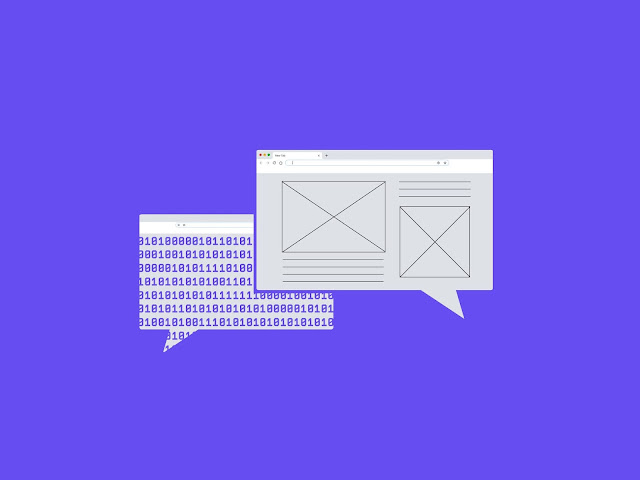This Programming Tool Makes It Easier for Apps to Work Anywhere

WebAssembly was created to build applications for browsers, but it's increasingly finding a home in cloud computing centers. FOR PROGRAMMERS, BUILDING a new application is never as simple as writing the code. That's because most software depends on other software, such as database management systems, to work. Just because an application works on your laptop doesn't mean it will work well on your company's data center, which might lack some of the software it depends on. Investors have poured hundreds of millions of dollars into startups like HashiCorp and GitLab that try to streamline the process of getting applications ready to run in data centers. One of the most prominent of these is Docker , which popularized "containers," a technology that makes it easier to bundle up software to run in the cloud. But Docker cofounder Solomon Hykes believes the technology he built the company around will soon be eclipsed by a newer technology for building portable ap


